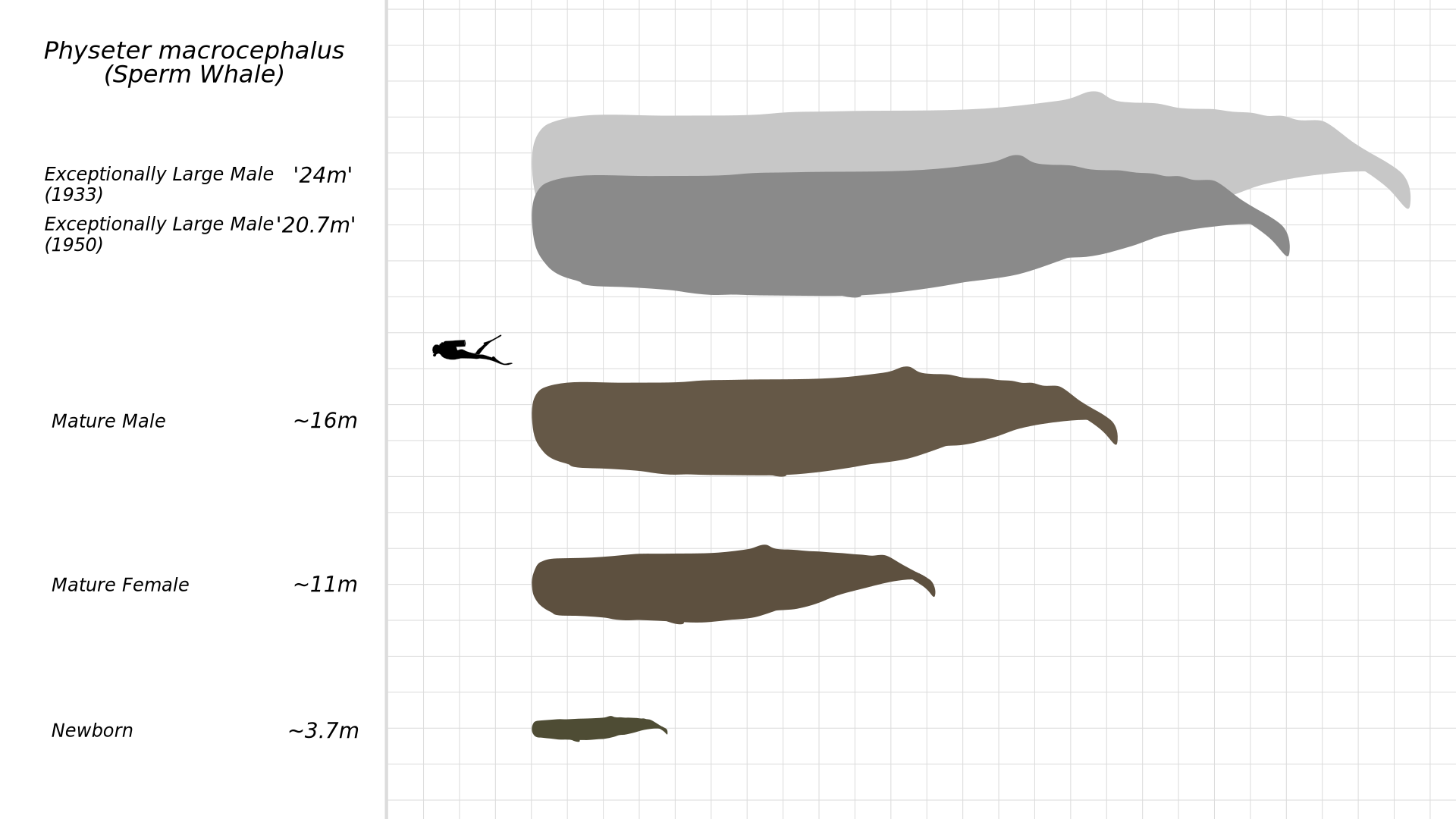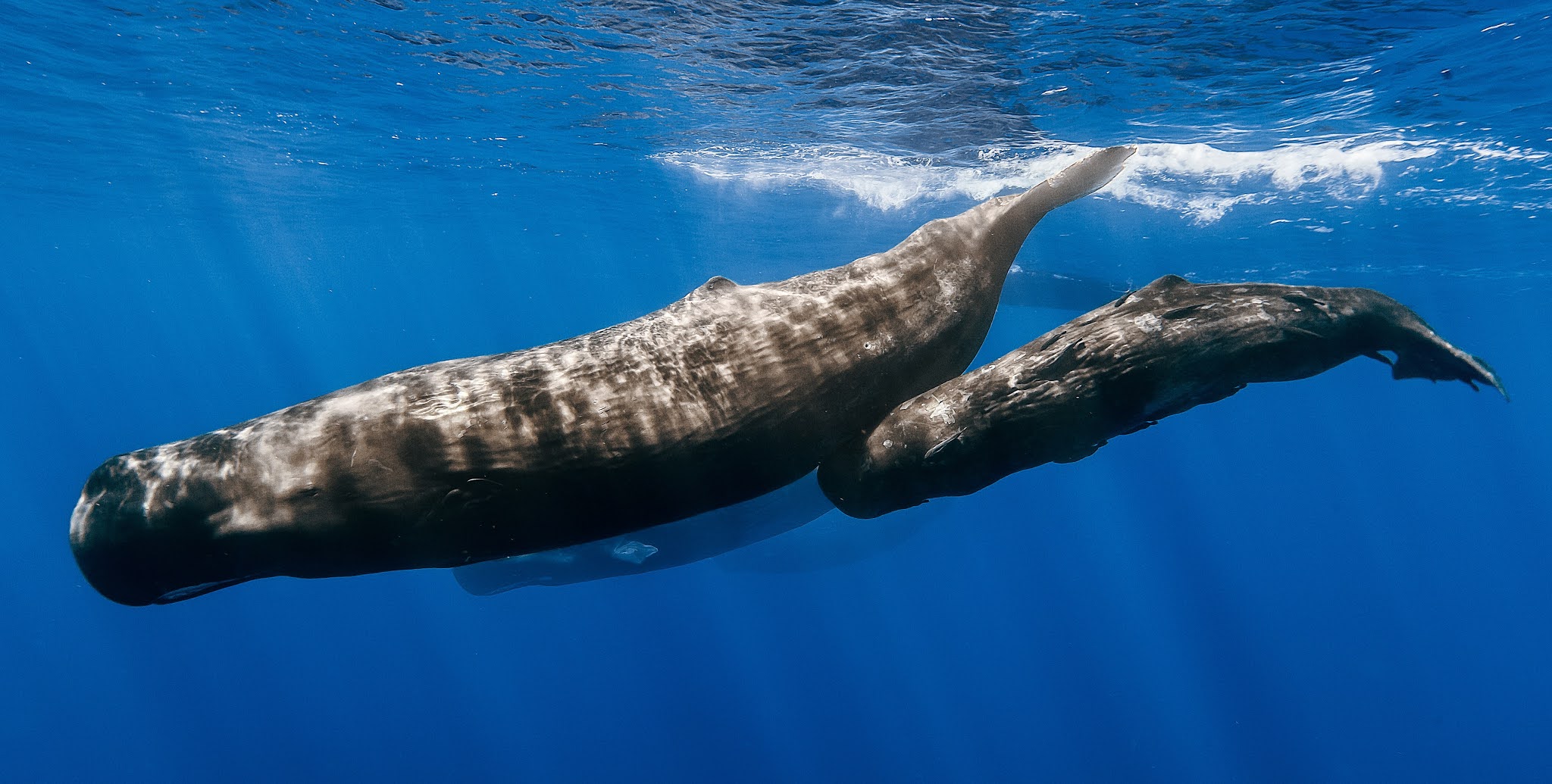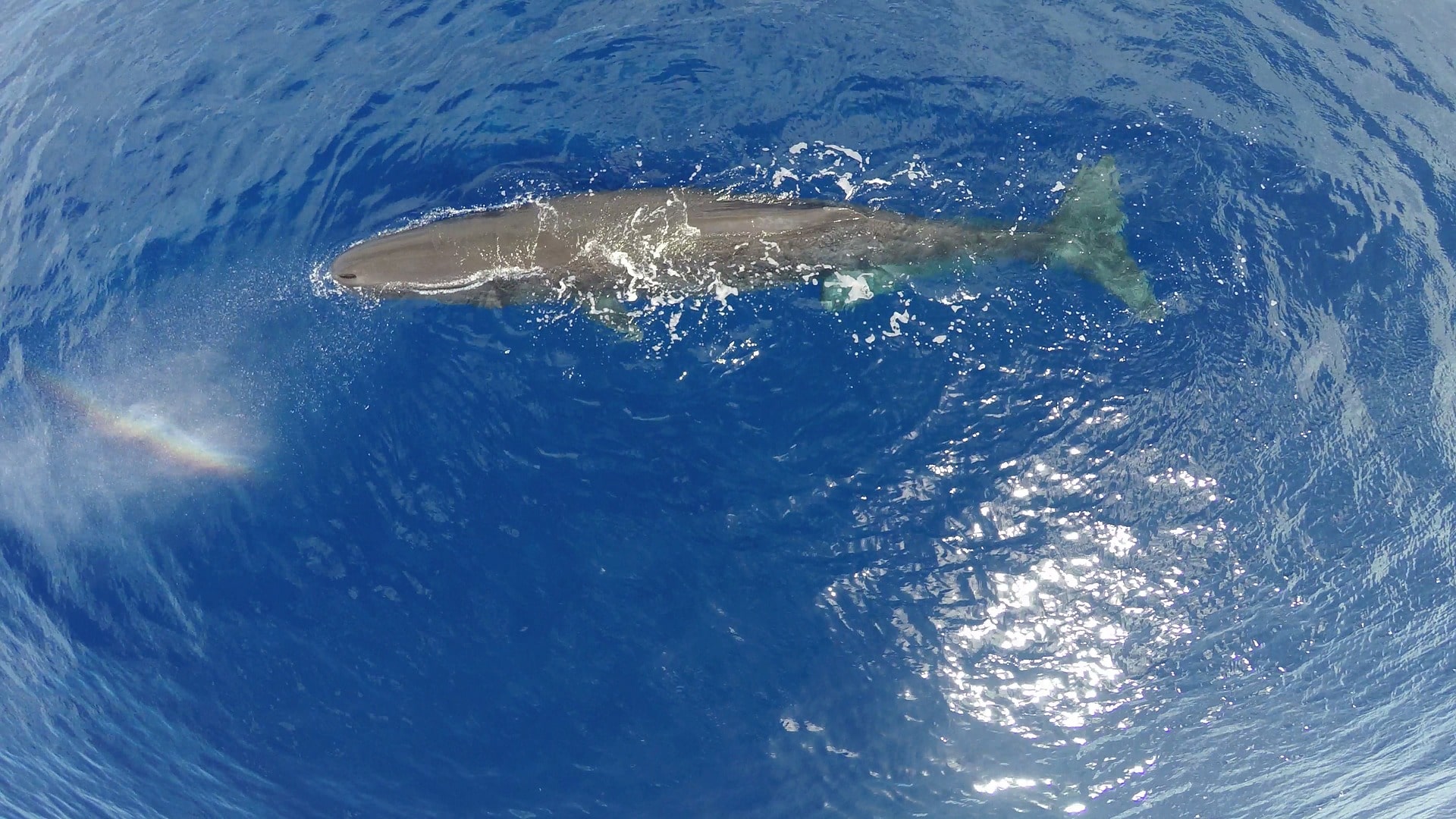 |
| About the Giant Squid Conquering Whale |
About the Giant Squid Conquering Whale. Whale is the name of a type of marine animal that is easily recognized by seeing its extraordinary size like a giant. This is because many species of whales can grow to dozens or even tens of meters.
About the Giant Squid Conquering Whale
Based on the type of teeth, whales are divided into two main groups: baleen whales and toothed whales. The baleen whale is a type of whale that has no teeth.
On the contrary, they have a structure called baleen that functions like a sieve. Meanwhile, the toothed whale as the name implies is a whale that has a row of large and sharp teeth on the edge of its mouth.
If baleen whales eat small animals such as shrimp, toothed whales can eat large animals using their sharp teeth. Of the many whale species classified as toothed whales, the sperm whale is the largest.
Sperm whale or in scientific terms Physeter macrocephalus is the name of a species of toothed whale that can grow to 19 meters long and weigh 50 thousand kilograms.
The size of the sperm whale makes it the largest toothed whale species in the world. Despite their size, sperm whales are not the largest species of whale in the world.
 |
| About the Giant Squid Conquering Whale |
The predicate of the largest whale in the world is carried by the blue whale or in scientific language, Balaenoptera musculus, which can reach an average length of 27 meters.
Sperm whales are easily recognized by looking at their box-shaped head and dark gray body. The name sperm in this whale is given because the animal's head contains a lot of fluid called spermaceti which looks like sperm.
However, it should be noted that the name is also used to refer to a species of dwarf and dwarf sperm whales which look similar to sperm whales, but are much smaller in size.
The sperm whale has a head that covers a third of its total body length. The size of the head of a sperm whale is caused by the presence of spermaceti organs on the inside of its head.
It is not certain what function the spermaceti organ is, but it is believed to help focus the sonar sound emitted by the sperm whale along with the melon organ. That way, the sperm whale can know the existence of objects around it even in dark conditions.
The uniqueness of the sperm whale is not only in its head. Like other whale species, the sperm whale also breathes with its lungs and has a breathing hole on the top of its head.
However, in contrast to other whale species whose breathing hole is located in the middle on the top of its head, the sperm whale's breathing hole is located on the top left of its head. The sperm whale does not have a dorsal fin, but has a triangular protrusion on the back of its tail.
Conqueror of the Deep Sea
Sperm whales can be found all over the world, but they are generally abundant in oceans with depths of 1,000 meters or more. It is not uncommon for them to be found in shallow waters when they make seasonal migrations.
Usually whales cannot get too far from sea level because they have to come to the surface periodically to breathe air. However, this does not apply to sperm whales which can dive to depths of 3,000 meters and can hold their breath underwater for up to an hour.
 |
| About the Giant Squid Conquering Whale |
Sperm whales were created to hunt at depths. Apart from being able to hold its breath for a long time, this whale can use its sonar to find prey in the darkness of the deep sea.
Sperm whales also have a layer of fat that is about 35 cm thick so that they do not freeze to death due to low temperatures in the deep sea. Due to the thick layer of fat possessed by sperm whales, these animals are very easy to die from dehydration if stranded on the beach.
Thanks to their ability to dive so deep, sperm whales can prey on animals whose habitat is in the deep sea. Starting from squid, fish, octopus, and even small sharks.
As for the many deep-sea animals that the sperm whale feed on, one of the most famous prey of the sperm whale is the giant squid, which can reach tens of meters in length.
Humans themselves can tell that a sperm whale is eating a giant squid by looking at the entrails of the captured sperm whale and the scars that the giant squid leaves on the skin of the sperm whale.
When eating, sperm whales have a habit of making hard lumps called ambergris which are widely used in the perfume industry.
Ambergris is thought to have been created when undigested portions of the whale's diet accumulated in the digestive tract before being vomited.
After exiting the whale, Ambergris can float on the high seas for years before being stranded on shore or being picked up by humans.
Sperm whales have a solitary and social lifestyle. Adult male sperm whales usually live alone except during the mating season, but young males and females live in groups of more than 30 to 100 members.
Sperm whales communicate with each other by emitting a wide variety of sounds that can be heard over great distances.
Sperm Whale Videos
When the mating season arrives, the males will fight with each other so that they can mate the females in groups. Due to intense competition between males, only less than 25% of the total population of male sperm whales successfully mate.
Females usually mate every 2 to 5 years. After mating, the female will enter gestation for another year. The number of babies that can be conceived by a female each time she is pregnant is only one.
The newborn sperm whale is four meters long. Babies will live on breast milk until the age of 2 years and enter sexual maturity between the ages of 8 and 11 years.
However, male sperm whales don't usually mate until the age of 25. A sperm whale is known to live to be 77 years old. Male sperm whales are generally 1.5 times larger than females.
A beast that hunts but becomes a hunted animal too
Due to their large size, sperm whales do not have many enemies in the wild. One of the few animals known to prey on sperm whales is the killer whale or orca, which has a habit of hunting in small groups.
Because killer whales are smaller than adult sperm whales, flocks of killer whales will usually only target sperm whales that are either young or separated from the group. The threat posed by killer whales is nothing compared to the threat posed by humans.
 |
| About the Giant Squid Conquering Whale |
Although sperm whales have long been hunted by traditional fishermen in various regions, it has only been since the 19th century that these whales have been hunted commercially in very large numbers because their body parts have a high selling value.
For example, the spermaceti liquid in his head, which amounts to four tons, is in great demand because it can be processed into engine lubricants and candles where the flame does not emit smoke.
Ambergris owned by the sperm whale is used as a fragrance mixture so that the aroma lasts longer. Teeth are used as material for accessories and carving.
The oil from this whale can be used as lamp fuel, lubricating oil, and in cosmetics. In the mid-19th century, the number of sperm whales caught by humans could reach 5,000 per year. As a result, the sperm whale population continues to decline.
In the Gulf of Mexico, for example, the herd of sperm whales that once inhabited these waters is now almost nowhere to be found. In order to prevent sperm whales from disappearing completely, since the 1980s sperm whales are no longer being hunted.
Prior to the 19th century, the number of sperm whales worldwide was estimated at one million. But now the number is estimated to only be around 300 thousand more.
Even though they are no longer hunted, sperm whales are not completely safe from human threats as they remain vulnerable to mass mortality from marine waste, use of sonar by ships, collisions with ships and climate change.
By: Ochie














0 comments